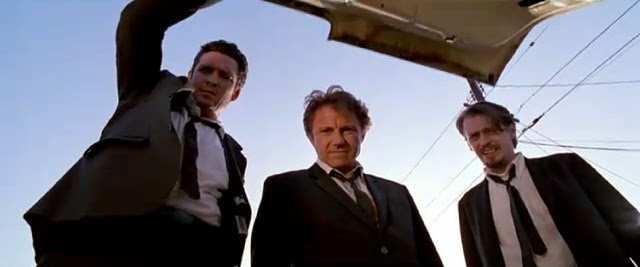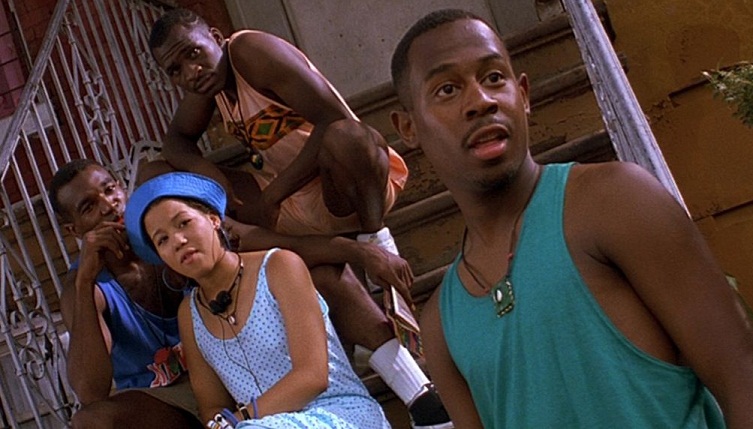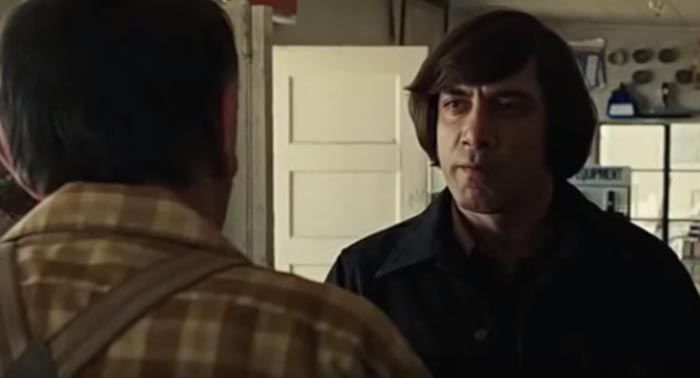High angle shot:
In a high angle shot, the camera points down at your subject. It usually creates a feeling of inferiority, or “looking down” on your subject.

Low angle shot:
A low angle shot frames the subject from a low camera height looking up at them. These camera shots most often emphasize power dynamics between characters.

dutch angle shot:
For a dutch angle (dutch tilt), the camera is slanted to one side. With the horizon lines tilted in this way, you can create a sense of disorientation. This video breaks down a key moment in Mission: Impossible when Ethan first realizes that he’s being set up.

shoulder level shot:
This is when your camera is roughly as high as your subject’s shoulders. Shoulder level shots are actually much more standard than an eye level shot, which can make your actor seem shorter than reality:

https://www.studiobinder.com/blog/ultimate-guide-to-camera-shots/#dutch-angle-shot
